Growing Aging Population
The growing aging population is poised to significantly impact the Inhalation and Nasal Spray Generic Drugs Market. As individuals age, they often experience a higher prevalence of chronic respiratory conditions, necessitating effective management strategies. Projections suggest that by 2030, the number of older adults will reach approximately 1.4 billion, creating a substantial market for inhalation and nasal spray therapies. This demographic shift is likely to increase the demand for generic options, as older patients often seek cost-effective treatments. Consequently, the Inhalation and Nasal Spray Generic Drugs Market may witness robust growth, driven by the need for accessible and affordable healthcare solutions tailored to the unique needs of the elderly population.
Cost-Effectiveness of Generic Drugs
The cost-effectiveness of generic drugs is a significant factor influencing the Inhalation and Nasal Spray Generic Drugs Market. With healthcare costs continuing to rise, patients and healthcare providers are increasingly turning to generic alternatives that offer similar therapeutic benefits at a fraction of the price. Data indicates that generic drugs can save patients up to 80% compared to their branded counterparts. This financial incentive is likely to drive demand for inhalation and nasal spray generics, as they provide an economical solution for managing chronic conditions. Furthermore, as healthcare policies increasingly emphasize cost containment, the Inhalation and Nasal Spray Generic Drugs Market may experience accelerated growth, driven by the shift towards more affordable treatment options.
Increased Focus on Preventive Healthcare
The increased focus on preventive healthcare is influencing the Inhalation and Nasal Spray Generic Drugs Market. As healthcare systems worldwide shift towards preventive measures, there is a growing emphasis on managing chronic conditions before they escalate. This proactive approach is likely to drive demand for inhalation and nasal spray therapies, particularly among patients with respiratory issues. Data suggests that preventive healthcare can reduce overall healthcare costs and improve patient outcomes, making it a priority for many health organizations. Consequently, the Inhalation and Nasal Spray Generic Drugs Market may experience growth as healthcare providers advocate for the use of generic inhalation therapies as part of comprehensive preventive care strategies.
Advancements in Drug Formulation Technologies
Advancements in drug formulation technologies are transforming the Inhalation and Nasal Spray Generic Drugs Market. Innovations in delivery systems, such as metered-dose inhalers and nebulizers, enhance the efficacy and patient compliance of inhalation therapies. These technological improvements not only optimize drug absorption but also expand the range of conditions that can be treated effectively. As a result, the market for inhalation and nasal spray generics is likely to benefit from these advancements, as manufacturers develop new formulations that meet evolving patient needs. The integration of smart technologies into inhalation devices may further enhance the user experience, potentially driving growth within the Inhalation and Nasal Spray Generic Drugs Market.
Increasing Prevalence of Respiratory Disorders
The rising incidence of respiratory disorders, such as asthma and chronic obstructive pulmonary disease, appears to be a primary driver for the Inhalation and Nasal Spray Generic Drugs Market. According to recent data, respiratory diseases affect millions worldwide, leading to a heightened demand for effective treatment options. This trend is likely to bolster the market for inhalation and nasal spray generic drugs, as patients seek affordable alternatives to branded medications. The increasing awareness of respiratory health and the need for accessible therapies may further stimulate market growth. As healthcare systems strive to manage these conditions effectively, the Inhalation and Nasal Spray Generic Drugs Market is positioned to expand, catering to the needs of a growing patient population.



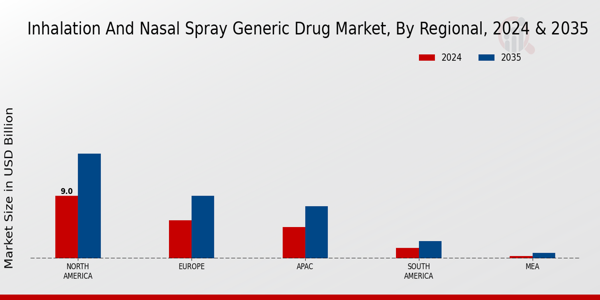

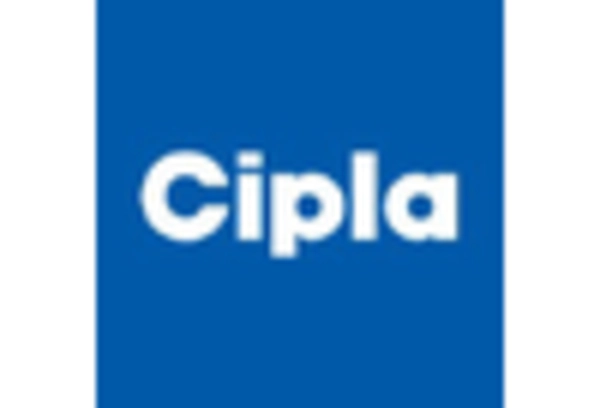

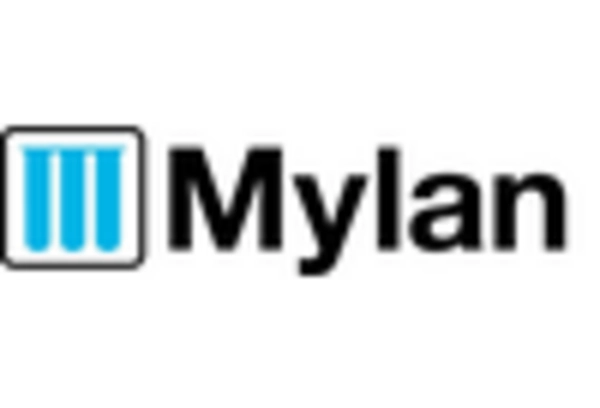
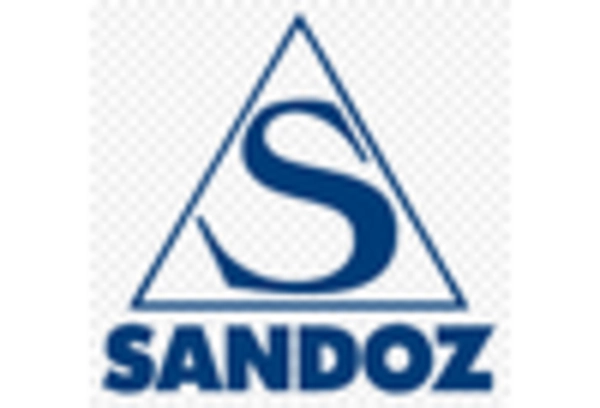
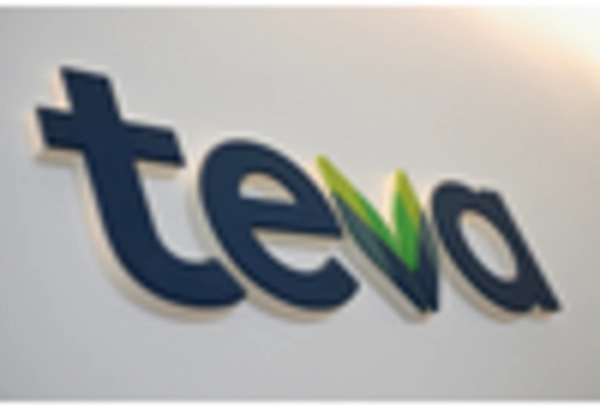








Leave a Comment